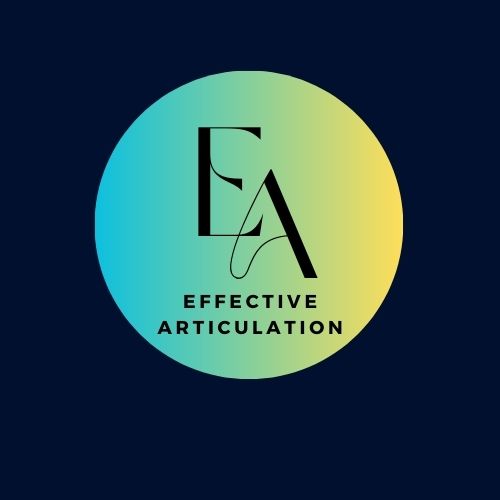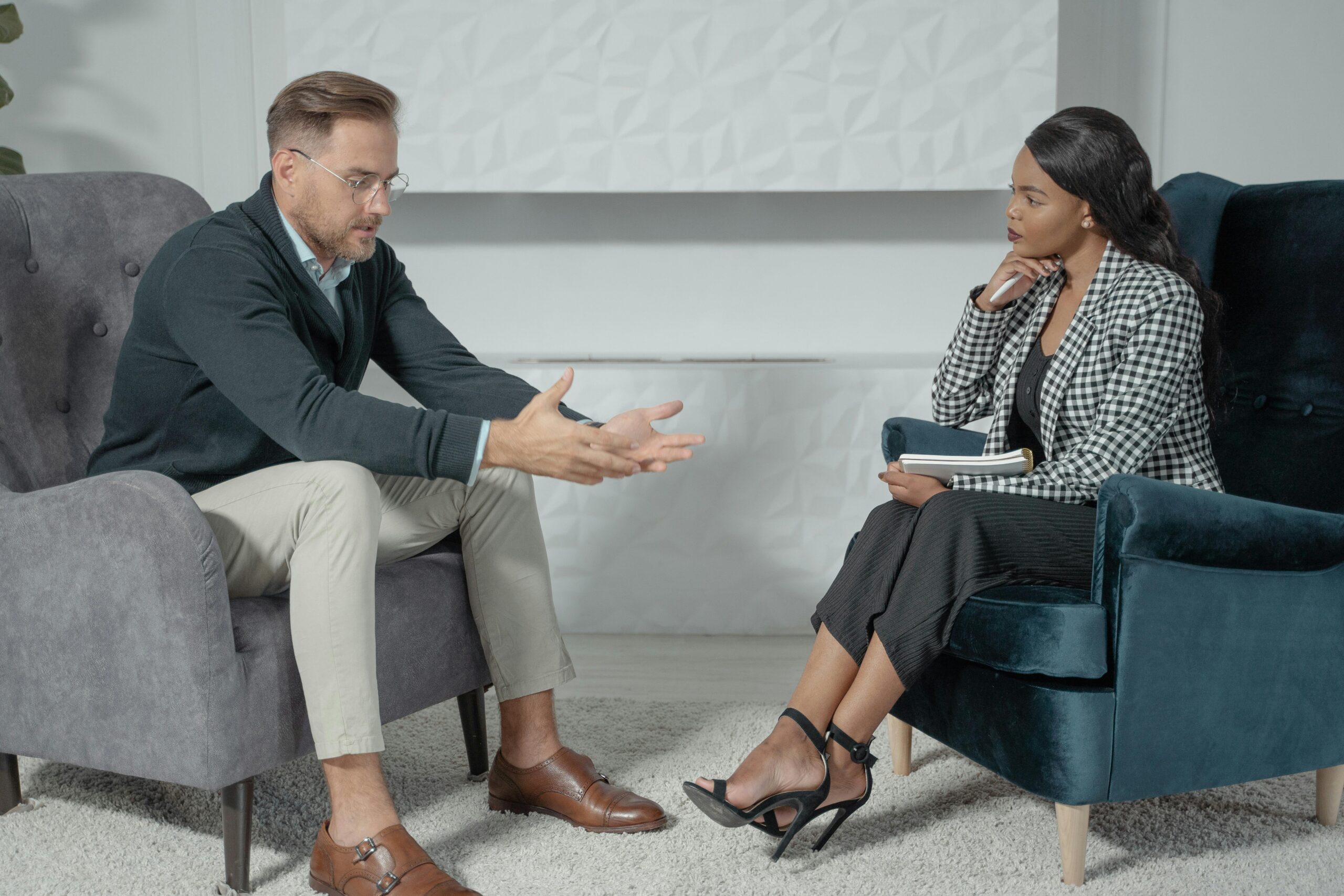Interviews can be nerve-wracking, especially when you’re trying to make a lasting impression.
But did you know that your body language plays a huge role in how you’re perceived?
In fact, non-verbal communication often speaks louder than words. How you sit, stand, and move can influence whether you land the job or not.
Let’s dive into some essential body language tips to help you ace your next interview.
1. The Power of First Impressions
We’ve all heard the saying, “You never get a second chance to make a first impression,” and it’s true especially in an interview. In the first few seconds, the interviewer is already forming an opinion based on your body language. So, what can you do?
- Smile and greet confidently. A warm, genuine smile shows you’re approachable and enthusiastic. A confident handshake firm but not overpowering says you’re prepared and ready.
- Stand tall. As you enter the room, make sure your posture is upright. Confidence starts with how you carry yourself.
2. Posture: Stand Tall and Sit Up Straight
Now that you’ve made a great first impression with your greeting, it’s time to keep the momentum going with your posture. You might not realize it, but slouching can send the wrong message, suggesting you’re disinterested or lack confidence.
- Stand tall when you walk into the room. Good posture shows that you’re self-assured and ready to take on challenges.
- Sit up straight in your chair. A slouched posture can make you seem disengaged. Instead, lean in slightly to show interest in the conversation, but avoid looking tense.
3. Eye Contact: Show Engagement and Interest
Have you ever been in a conversation with someone who wouldn’t make eye contact? It feels awkward, right? In an interview, maintaining good eye contact shows that you’re engaged and confident.
- Maintain natural eye contact. Too much can feel like staring, and too little can make you seem evasive. Aim for a balance look the interviewer in the eyes without making it uncomfortable.
- Break eye contact occasionally to avoid looking overly intense. Just a glance around the room can give you a moment to reset and keep the conversation flowing.
4. Facial Expressions: Be Genuine and Positive
Your face says a lot about how you’re feeling. If you’re nervous or disinterested, it will show. That’s why it’s so important to be aware of your facial expressions during the interview.
- Smile naturally. A real smile can go a long way in showing your personality and making the interaction more personable. No need to force it, just let it come naturally.
- Show empathy and interest. When the interviewer is explaining something important, nod or raise your eyebrows to show you’re engaged and understanding.
5. Gestures: Use Hand Movements Wisely
Hand gestures can be a powerful tool for expressing enthusiasm and emphasis. However, too much movement can be distracting. The key is balance.
- Use open, controlled gestures to emphasize your points. For example, using your hands to describe something can add clarity to your message.
- Avoid overdoing it. Too many gestures can be distracting. Keep your hands relaxed and placed on the table or in your lap when you’re not using them.
6. Mirroring: Subtly Match the Interviewer’s Movements
You may have heard of “mirroring” before it’s the act of subtly copying the other person’s body language. This technique helps build rapport and can make the conversation flow more smoothly.
- Subtly mirror the interviewer’s posture and movements. If they lean forward, try doing the same (without copying them exactly). It helps you connect with them on a subconscious level and makes you seem like a natural fit.
- But remember, don’t overdo it! The goal is to build rapport, not make it obvious that you’re copying them.
7. Personal Space: Respect Boundaries
Personal space is key to ensuring that you come across as respectful and professional. Getting too close can feel invasive, while being too distant might make you seem uninterested.
- Respect personal space. Maintain about an arm’s length between you and the interviewer. It creates a comfortable environment for conversation.
- Adjust based on their cues. If they lean in closer, feel free to do the same—but only if it feels natural.

8. Avoid Nervous Habits: Stay Calm and Collected
Nervous habits like tapping your foot, playing with your hair, or biting your nails are natural, but they can also make you look anxious or distracted during an interview.
- Stay calm and collected. Practice some calming techniques before your interview, like deep breathing or visualization, to keep nervousness at bay.
- Be mindful of your hands. If you’re unsure what to do with them, simply place them on the table or keep them in your lap.
9. The Handshake: A Key to Confidence
As simple as it sounds, the handshake is an important part of your body language. It’s one of the first non-verbal cues the interviewer will receive from you.
- Ensure your handshake is firm but not overpowering. A limp handshake can suggest insecurity, while a strong one may come off as aggressive.
- Pay attention to the interviewer’s level of firmness and match it. It helps establish a mutual feeling of confidence and respect.
Conclusion
Body language is a powerful tool that can make or break an interview. By practicing good posture, maintaining eye contact, and being mindful of your gestures, you can project confidence, competence, and enthusiasm all of which are qualities that interviewers look for.
So, next time you’re preparing for an interview, remember it’s not just about what you say. It’s about how you say it with your body language. Be aware, be confident, and most importantly, be yourself!
What body language tips have you found most helpful in interviews?
Share your thoughts and experiences in the comments below.
Disclosure: If you click on the affiliate links provided in this article and purchase the product, I will receive a small commission from the company of the product. You will not pay anything extra for your purchase. You can read the affiliate disclosure for more information.




8 thoughts on “9 Body Language Tips For Interviews: Mastering Non-Verbal Communication”
This is such a practical and insightful guide—thank you for sharing! I’ve always found that maintaining good eye contact and a natural smile makes a world of difference in interviews. It helps me feel more connected and shows the interviewer that I’m genuinely engaged. I also loved the tip about mirroring; it’s such a subtle yet effective way to build rapport without overdoing it. Nervous habits can be tricky to manage, but deep breaths beforehand really help. For me, the handshake sets the tone—I always aim for confident but not overpowering. What’s your go-to body language tip for interviews?
Thank you for your thoughtful comment! I completely agree eye contact and a natural smile are so powerful in interviews. My go-to tip is maintaining an open posture; it radiates confidence and approachability. Pairing that with steady breathing really helps manage nerves.
I remember an interview where focusing on my body language really paid off. Walking in, I made sure to smile confidently and give a firm handshake, which immediately seemed to set a positive tone. Throughout, I kept my posture upright and leaned in slightly to show I was engaged, while maintaining natural eye contact and nodding when appropriate.
What really stood out for me was mirroring the interviewer’s movements subtly—when they leaned forward, I did too, which seemed to create a sense of connection. Avoiding nervous habits, like fidgeting, also helped me feel and appear more confident.
In the end, the interviewer commented on how comfortable and engaged I seemed, and I know my body language played a big role in that. It’s amazing how these small adjustments can make such a difference!
Your experience really highlights the power of nonverbal communication! Mirroring the interviewer’s movements is such a smart way to build rapport naturally. It’s inspiring to see how small yet intentional changes, like maintaining eye contact and avoiding nervous habits, can leave such a positive impression. Thanks for sharing this. It’s a great reminder to stay mindful of body language!
This article provides excellent insights into the crucial role body language plays in interviews. Many job seekers focus solely on verbal responses, often overlooking how non-verbal cues influence the interviewer’s perception. The emphasis on first impressions is particularly valuable—something as simple as a confident smile and firm handshake can set a positive tone for the entire interview.
Additionally, the breakdown of posture, eye contact, and facial expressions highlights how subtle changes can make a significant impact. Maintaining an upright posture and leaning in slightly demonstrates interest, while appropriate eye contact ensures engagement without making the interaction feel uncomfortable. The discussion on mirroring is also noteworthy—when done subtly, it can create a sense of connection with the interviewer.
One of the most important takeaways is avoiding nervous habits. Many candidates unknowingly fidget, which can make them appear anxious or lacking confidence. Being mindful of such behaviors and practicing calming techniques beforehand can improve performance.
Overall, this article is a great resource for job seekers looking to refine their interview skills. Non-verbal communication can truly be the difference between landing the job and missing out!
Thank you for your thoughtful response!
Ah, non-verbal communication! Everybody talked about it when I was in business school. And I tried to teach it as well when I taught my own students as well. And that’s fine! My mother always told me that famous saying that you don’t have a second chance to make a good impression; and I try to apply it in my everyday life, especially in my professional life. I’m a closer and I need to inspire trust to my prospects! What’s the tip you include daily in your professional and/or personal life?
That’s great to hear! Non-verbal communication plays such a crucial role in making strong first impressions and building trust. One tip I apply daily is maintaining open body language and steady eye contact. It helps foster connection and confidence in both professional and personal interactions.